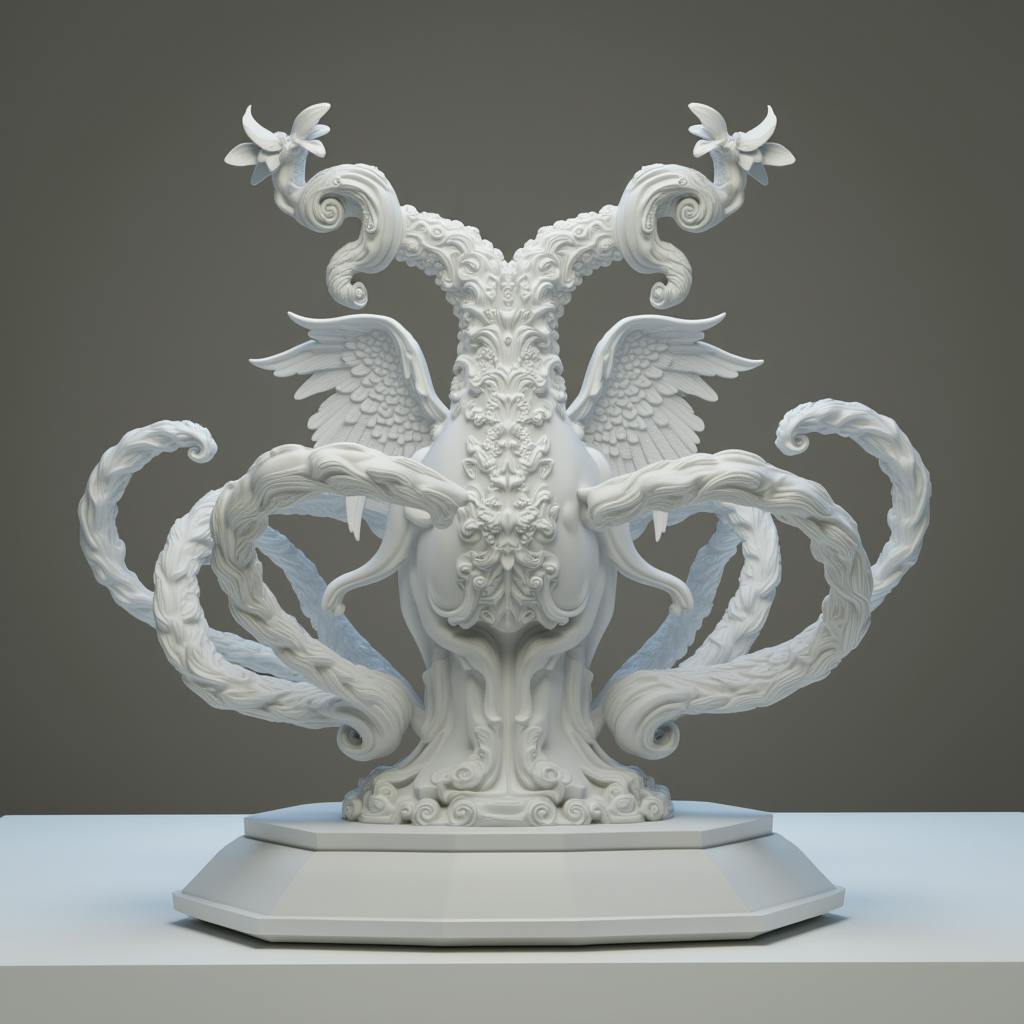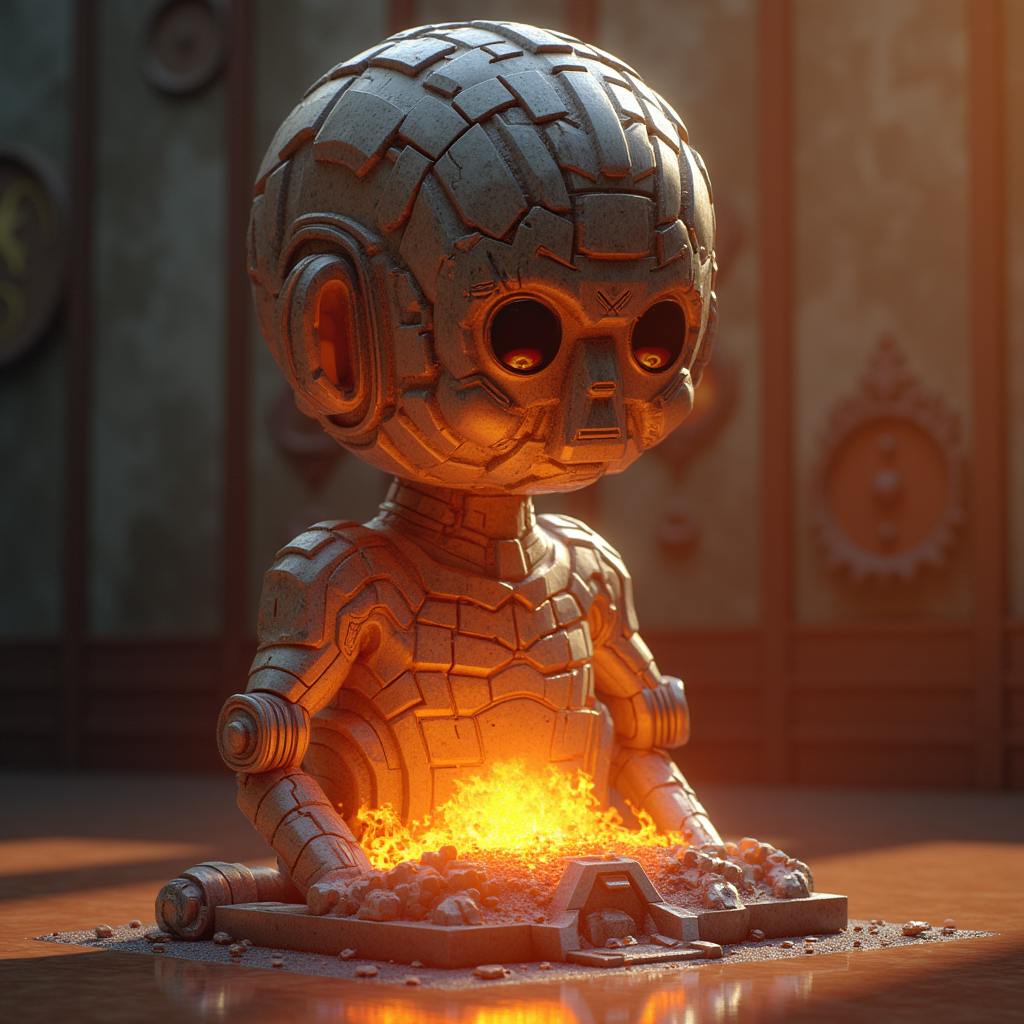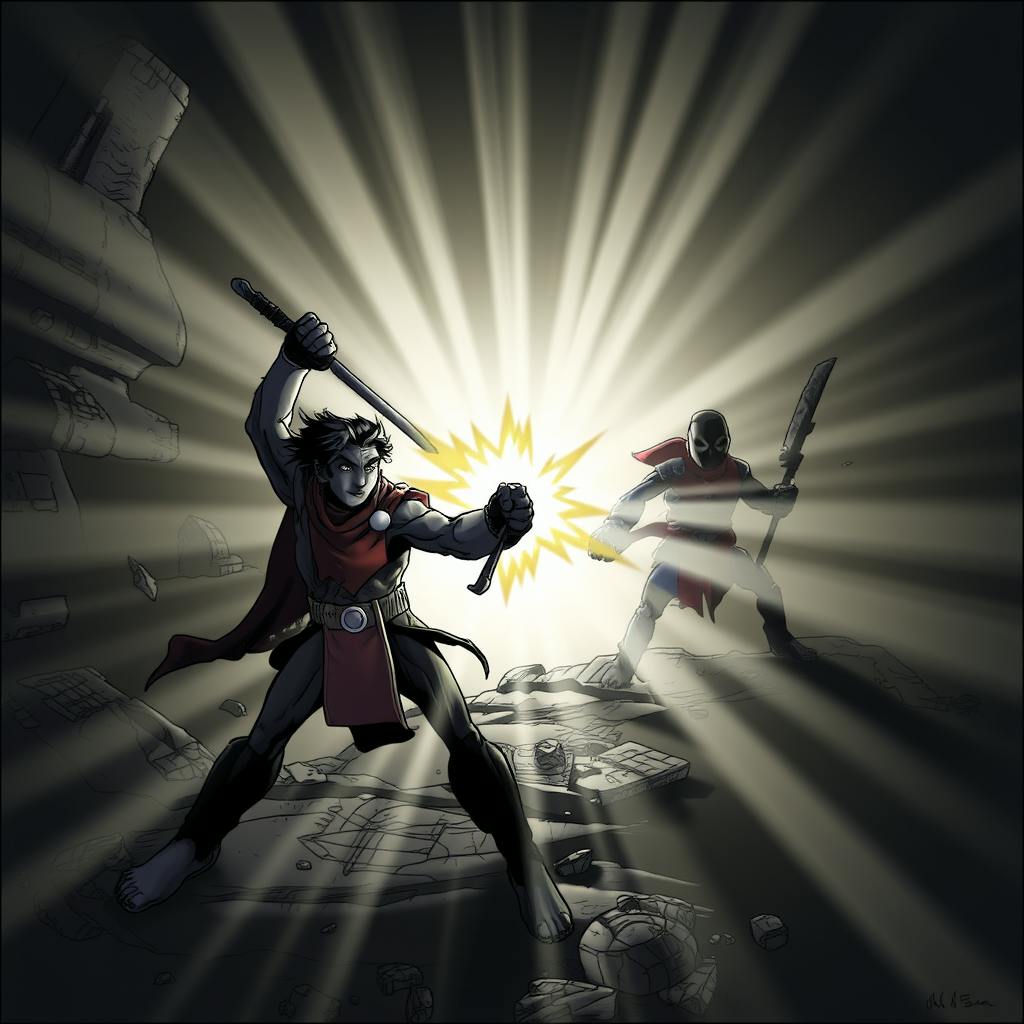The role of AI in the art industry has become a focal point of discussion and innovation. The integration of artificial intelligence into art practices is not merely a trend but a transformative force reshaping how artists conceptualize and produce their work. From digital art creation to art curation and distribution, AI is fostering a new wave of creativity and accessibility within the art world. This article aims to illuminate the transformative impact of AI in the art industry while addressing key questions surrounding its adoption and influence.
The Integration of AI: Changing the Creative Landscape
Artificial intelligence is making notable strides in various facets of the creative industries, particularly in the art sector. AI-powered tools and platforms have become instrumental in generating new forms of artwork, offering artists unprecedented capabilities in both idea generation and process execution. For instance, generative adversarial networks (GANs) and machine learning algorithms are empowering creators to produce innovative visual compositions that often elude conventional methodologies.
AI's role in art isn't limited to the creation of new works; it is also transforming how art is curated and experienced. AI algorithms can analyze massive volumes of visual data, offering nuanced insights into artistic styles, historical contexts, and audience preferences. This augmentation allows art curators to craft personalized exhibition experiences, thereby enhancing engagement and understanding among diverse audiences.
Exploring Key Questions About AI in Art
Is AI Creating or Facilitating Art?
A prevailing question often emerges about what constitutes the act of creation when AI is involved. AI serves as a tool that extends an artist's capabilities, much like a brush or a camera. Although AI can autonomously generate art pieces, it thrives on the parameters set by human creators who infuse their personal expression and intentionality into the process. Thus, AI is less about replacing human creativity and more about offering new avenues for artistic exploration.
What are the Ethical Considerations?
The rise of AI in the art industry raises ethical considerations, particularly around authorship, originality, and intellectual property. As AI-generated art begins to flood the market, questions regarding the authenticity and ownership of such works become crucial. Legal frameworks and industry standards are still evolving to address these concerns, striving to balance innovation with protection of creators' rights.
How Accessible is AI Technology for Artists?
The democratization of AI technology has made these tools increasingly accessible to artists regardless of their technical prowess. Numerous platforms offer user-friendly interfaces that require minimal technical knowledge, thereby empowering a wide range of artists to integrate AI into their creative processes. This accessibility is vital in ensuring that AI serves as an inclusive force, inspiring diverse voices in the art industry.

AI made with Christophe Vacher
The Future of AI in the Art Industry
The integration of AI in the art industry represents a paradigm shift that continues to expand the boundaries of artistic expression. As AI technologies become more sophisticated and widespread, they present both challenges and opportunities for artists and industry professionals. The ongoing conversation around ethics, accessibility, and artistic authenticity will shape the trajectory of AI's influence in the creative industries.
FAQs: AI in the Art Industry: Revolutionizing Creativity and Innovation
As AI technologies continue to evolve, their impact on the art industry becomes increasingly profound. This FAQ article addresses frequently asked questions about the role of Artificial Intelligence in transforming how art is created, appreciated, and marketed.
How is AI revolutionizing creativity in the art industry?
AI is revolutionizing creativity by introducing tools that enhance and expand the boundaries of artistic expression. Some key ways AI contributes to creative transformations include:
- Generative Art: AI algorithms, particularly Generative Adversarial Networks (GANs), enable artists to create unique works by generating new patterns, forms, and images. Artists can use AI to produce artwork that might be difficult or impossible to conceive through traditional means.
- Creative Collaboration: AI acts as a collaborative partner, offering suggestions, automating tedious tasks, and encouraging experimentation. Artists are using AI to explore new creative pathways, generate ideas, and refine their work.
- Access and Democratization: AI-powered tools are making art creation accessible to a broader audience by simplifying complex processes and providing intuitive interfaces. This democratization of creativity enables more individuals to engage in artistic endeavors, regardless of their technical expertise.
- Personalization and Interactivity: By leveraging AI, artists can create personalized and interactive experiences for audiences. AI can adjust the content based on viewer preferences and interactions, leading to more engaging and tailored art installations.
What impact is AI having on traditional methods in the art industry?
AI is influencing traditional art methods in several transformative ways:
- Augmentation of Traditional Techniques: Rather than replacing traditional methods, AI complements them by providing new tools that can augment craftsmanship. For instance, AI can assist in color matching, style transfer, or even restoring damaged artworks.
- Efficiency and Productivity: AI streamlines the creative process by automating repetitive tasks like sketching or initial concept generation, allowing artists to focus more on the creative and conceptual aspects of their work.
- Preservation and Restoration: In the field of art preservation, AI algorithms analyze historical data to aid in the restoration of artworks. This technology helps in maintaining cultural heritage by predicting the original appearance of artworks that have deteriorated over time.
- Disruption and Transformation: While some fear AI might displace traditional artists, many see it as a tool for innovation. It challenges artists to think outside the box and stimulates the incorporation of new elements into their work.
Can AI be used to predict trends in the art industry?
Yes, AI can effectively predict trends in the art industry, transforming market analysis and insight generation through:
- Data Analysis: AI systems analyze vast amounts of data from social media, galleries, auction houses, and online platforms to identify patterns and predict upcoming trends. This allows artists, collectors, and investors to make informed decisions based on reliable data-driven insights.
- Market Forecasting: AI tools are used to forecast art market dynamics, such as pricing trends, popular styles, and emerging artists. Such predictive analytics are invaluable for art dealers, galleries, and investors looking to stay ahead of the curve.
- Curation and Recommendation: AI engines can curate art exhibitions or recommend artworks to individuals based on historical data and preferences. This capability enhances consumer experiences and helps professionals customize offerings to meet audience demands.

AI made with Christophe Vacher
How can AI be incorporated into different artistic practices?
AI can be seamlessly integrated into a variety of artistic practices, enhancing the creative process across multiple disciplines:
- Visual Arts: Artists incorporate AI to generate visual patterns, automate painting techniques, and create digital models. AI can mimic famous art styles or help develop entirely new aesthetics.
- Music: AI assists composers and musicians by generating melodies, harmonizing tunes, or even creating entire compositions. It fosters experimentation with sound and structure through tools like OpenAI’s MuseNet.
- Literature: Writers use AI to generate story ideas, assist with editing, and even compose narratives. AI-powered tools can analyze large volumes of text to identify narrative structures and suggest plot developments.
- Performance Arts: AI contributes to live performances through interactive installations and visual effects. Performers use AI to create dynamic, responsive stage environments that engage audiences uniquely.
- Film and Animation: In film and animation, AI enhances special effects, automates editing processes, and generates realistic animations. It helps filmmakers streamline production while exploring innovative visual storytelling techniques.
Conclusion
The dynamic impact of AI in the art industry underscores a new chapter in creativity and innovation. AI not only complements traditional artistic processes but also revolutionizes them, offering new dimensions of exploration and discovery for artists around the globe. As the art world continues to evolve alongside technological advancements, embracing AI's potential will be key to fostering a more vibrant and inclusive creative landscape.

